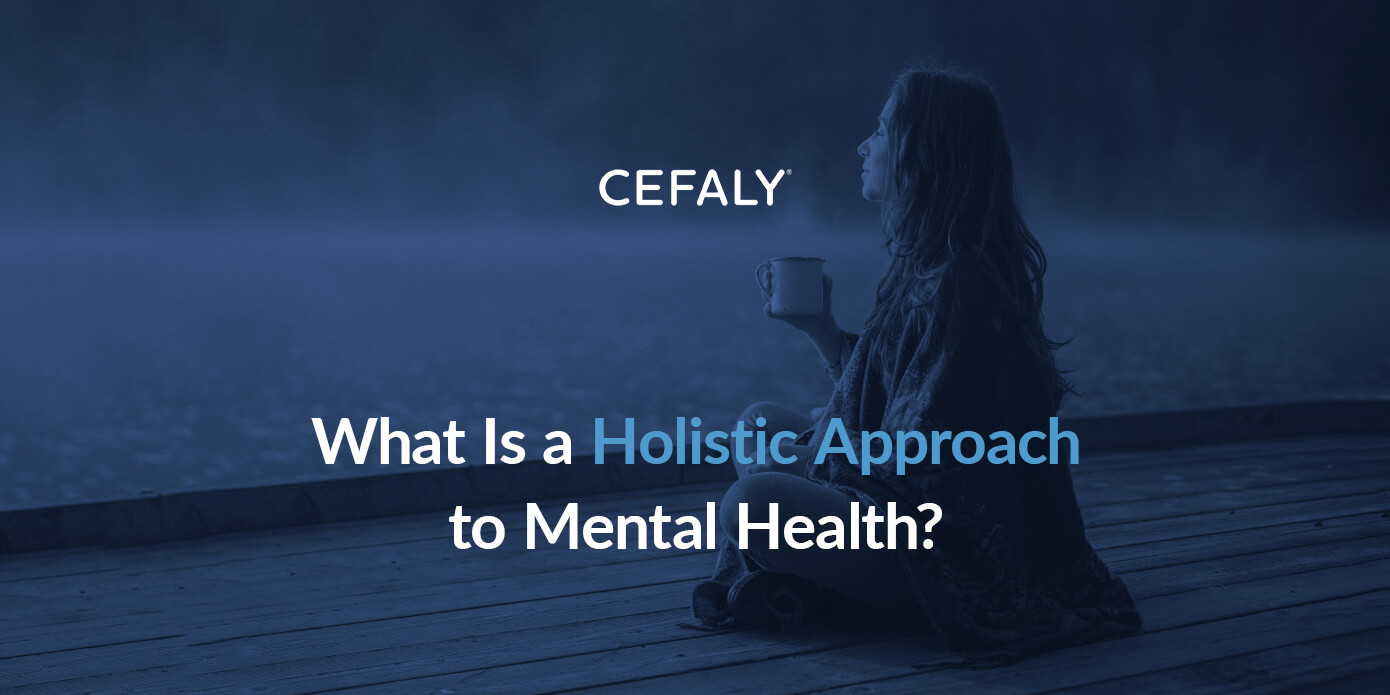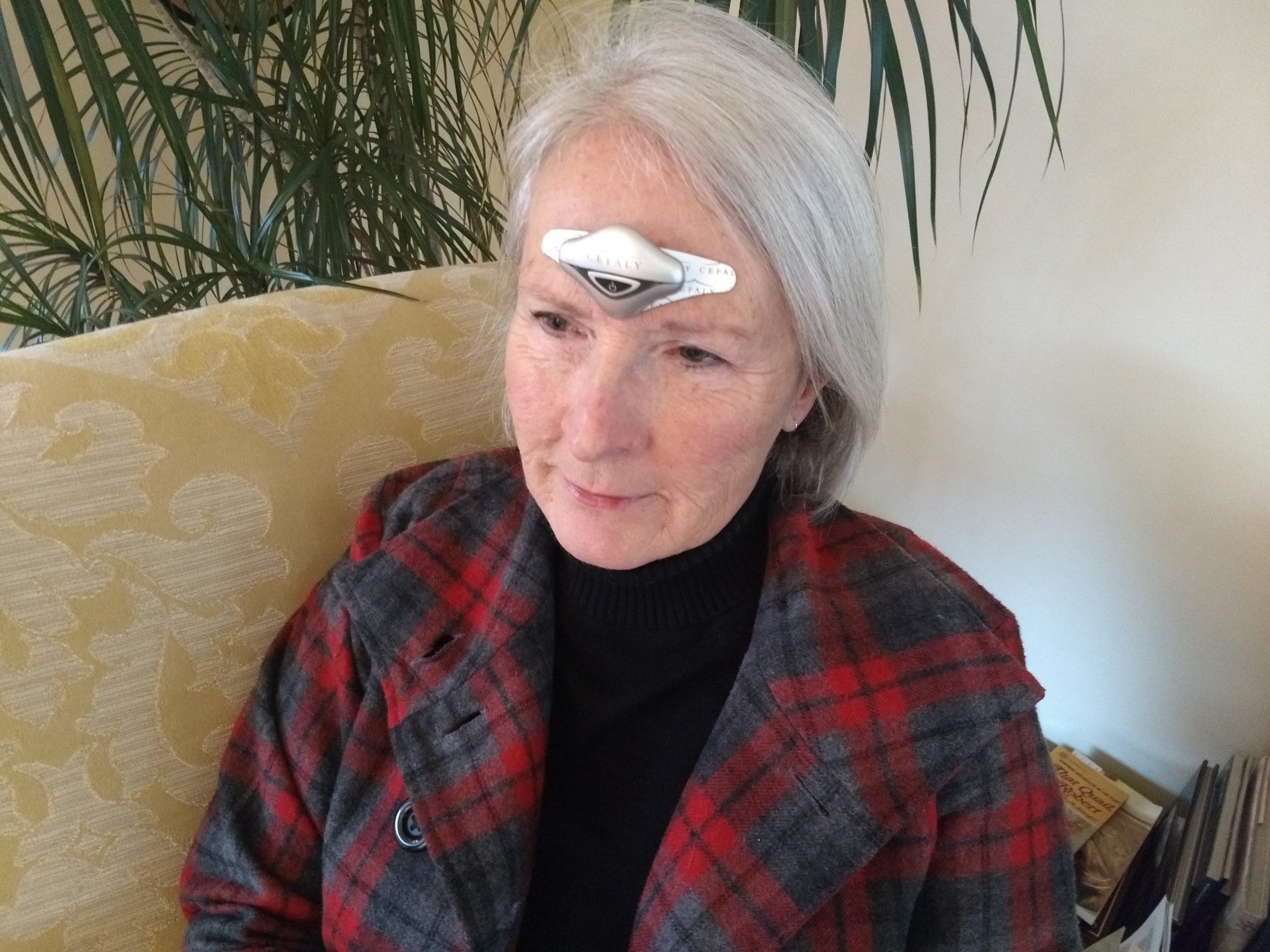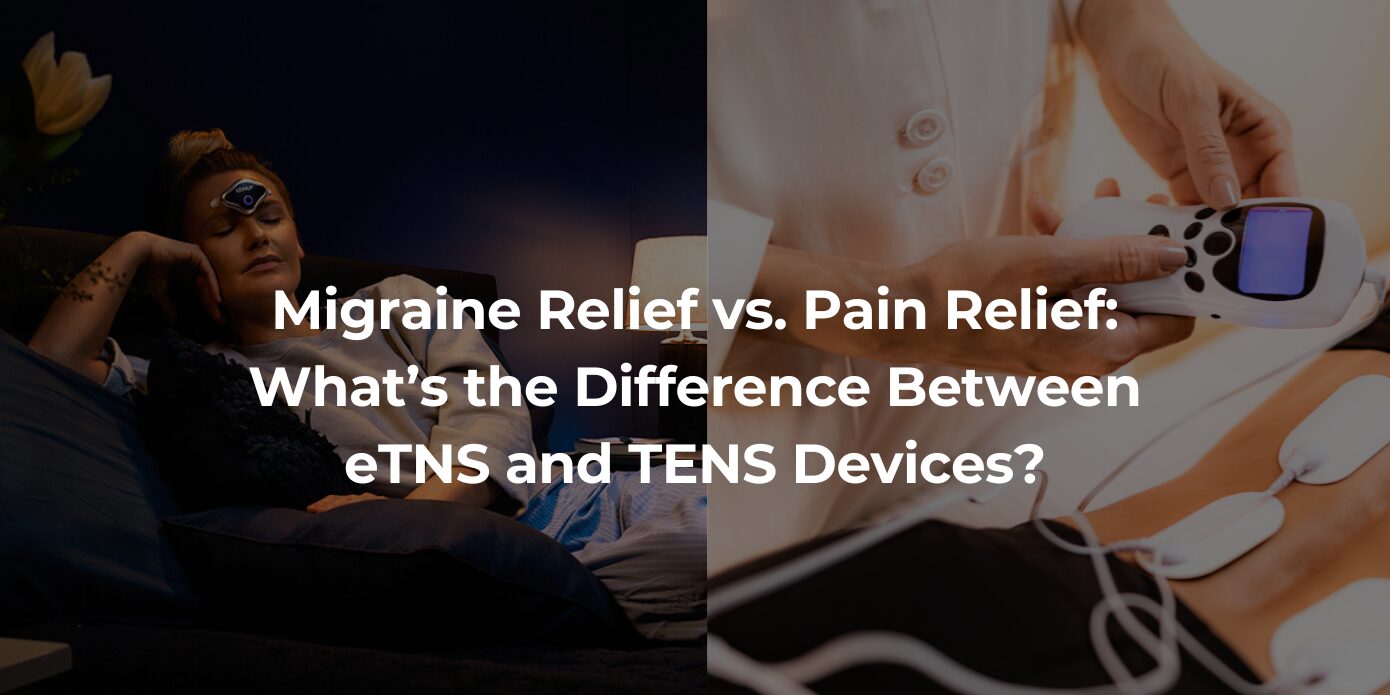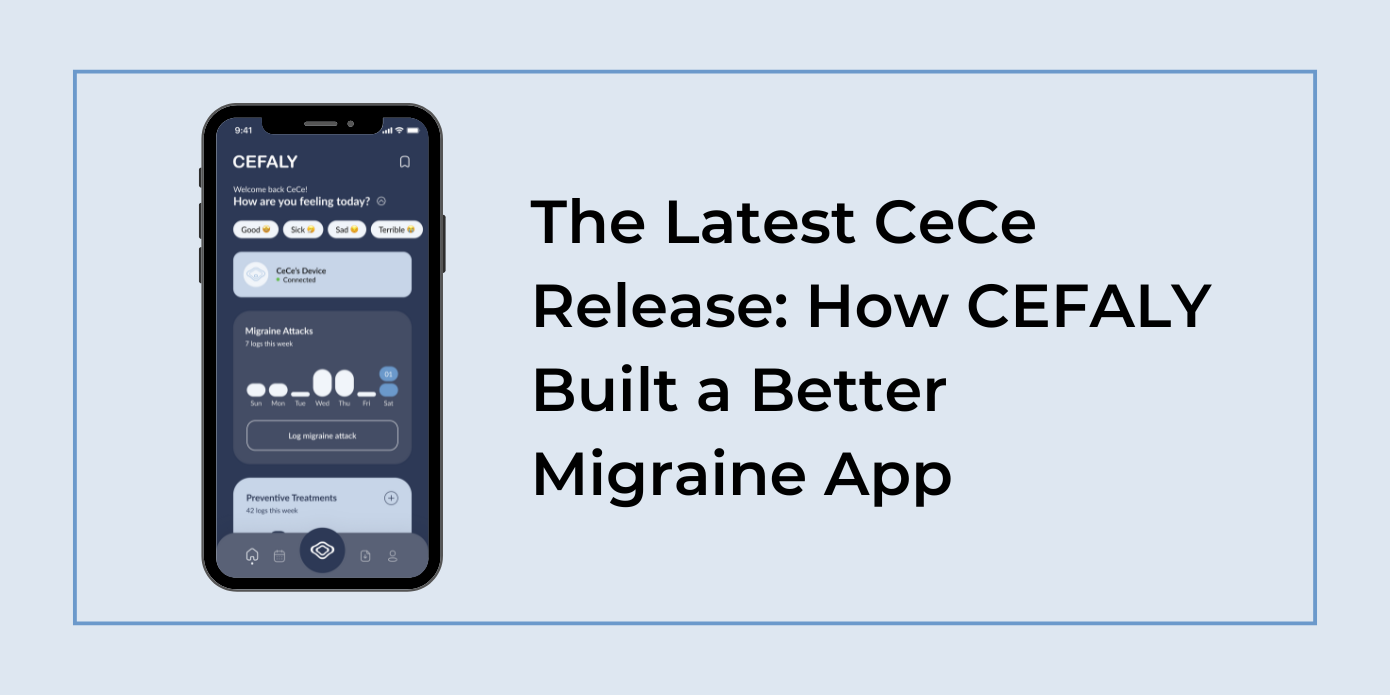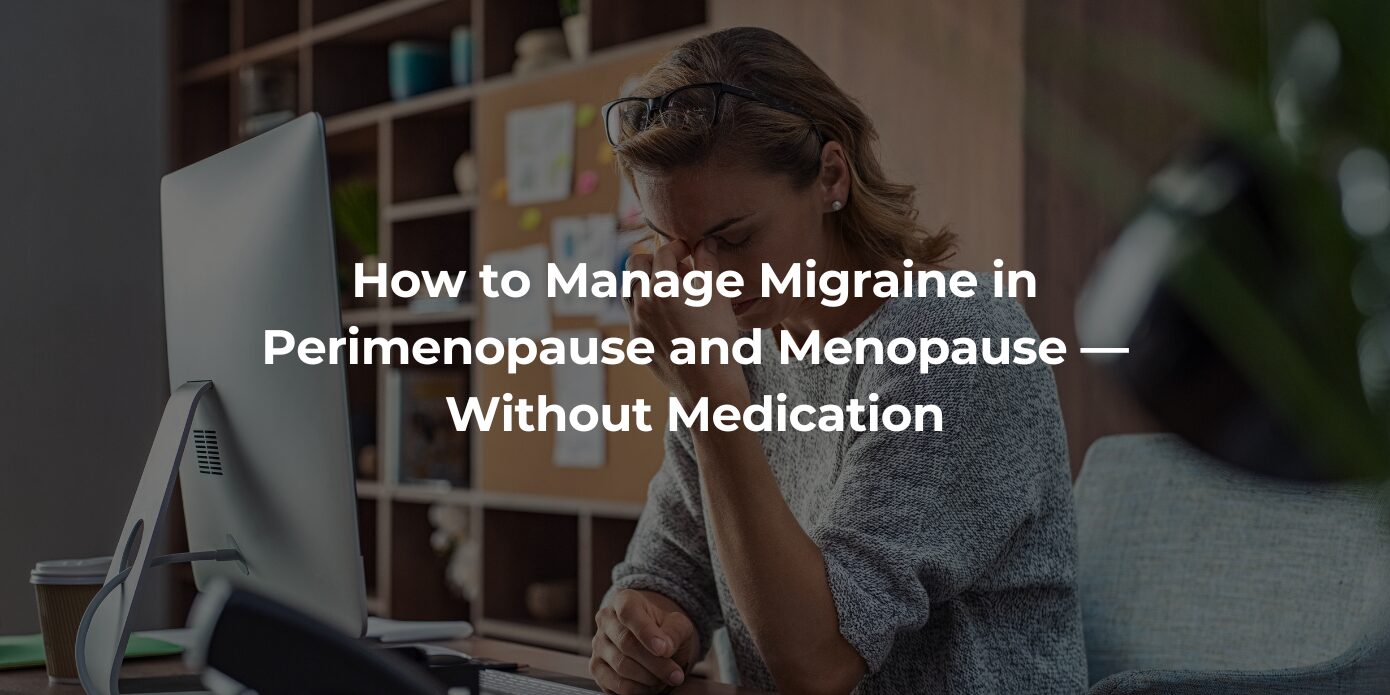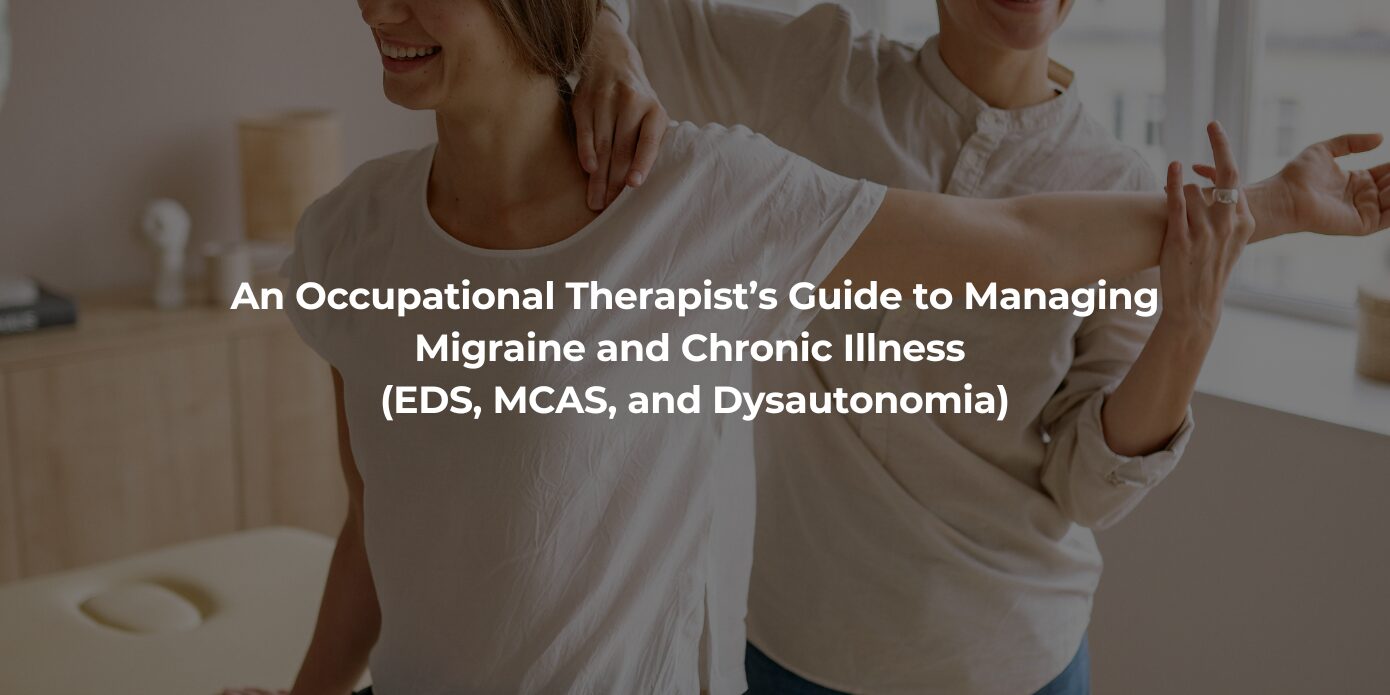Migraine pain is commonly triggered by stress, and migraine symptoms may cause further stress that affects your mental health. It’s estimated that roughly one-third to one-half of those who experience chronic migraine pain also deal with anxiety, and people who live with migraine are five times more likely to experience depression.
When you understand how your mental health can affect migraine pain, you can take steps to manage your stress and mental health. A holistic approach is one method for treating mental health symptoms that may also improve your migraine-related symptoms.
What does “holistic” mean?
Holistic refers to the whole or complete system rather than individual parts. A holistic approach to health means treating your whole system rather than one part of your body. Holistic medicine, for example, is used to treat both the body and the mind.
A holistic approach to mental health involves your mental, physical, emotional, social and spiritual health. For example, a holistic practitioner may consider your lifestyle, relationships, exercise habits and diet when treating you for mental health symptoms. You may find a holistic approach effective, as many factors in our lives can affect health and wellness.
Types of holistic mental health treatment
There are different types and methods of holistic mental health treatment. Some of them are performed by medical professionals, while others are activities you can start doing on your own. Here are some holistic mental health examples for treatment:
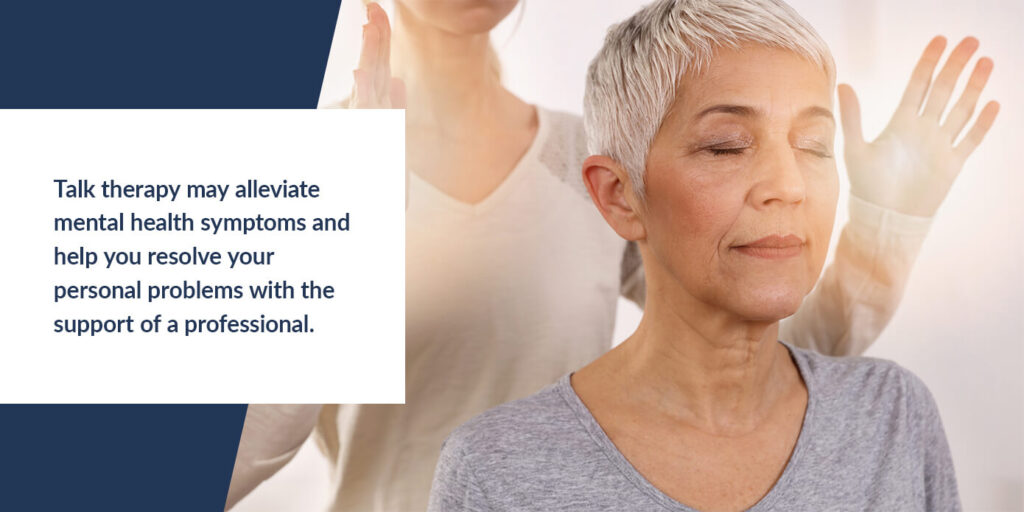
1. Talk and group therapy
The holistic approach to depression treatment often includes talk therapy and group therapy. Talk therapy involves meeting one-on-one with a mental health therapist. During this time, you’ll discuss your concerns, behaviors and mental health symptoms with your therapist. Talk therapy may alleviate mental health symptoms and help you resolve your personal problems with the support of a professional.
Group therapy involves more people. If you participate in group therapy, you can get support and feedback from others who have similar mental health experiences and diagnoses. Group therapy can offer similar advantages as talk therapy with the added benefit of seeing you’re not alone.
2. Art therapy
Art can be used to express yourself and explore your behaviors, symptoms and diagnosis. When used therapeutically, art can reduce your stress, improve your self-esteem and increase your self-awareness. Art therapy can help you better understand your subconscious thoughts and emotions.
This type of therapy uses several different types of materials, including paint, chalk and clay. You can try various types of art therapy, such as drawing, journaling and painting.
3. Mindfulness
Mindfulness helps you build awareness about your experiences and diagnosis and become more present in your life. With mindfulness, you can intentionally cultivate self-awareness, shape your attitude and bring attention to your sensations and emotions so you can work through your concerns.
4. Physical activities
A popular physical activity used to improve mental health is yoga. Yoga can increase your flexibility, self-awareness and the connection between your body and mind. Additionally, yoga can improve your mental health if you are dealing with stress, depression or anxiety. Yoga may also help with fatigue and back pain. Chronic pain can impact your mental health, so yoga can alleviate both your physical and mental health symptoms.
If yoga isn’t for you, you can choose other forms of exercise, such as walking, dancing, running or swimming. Working out daily can boost your concentration, enhance your self-esteem, reduce your stress, improve your sleep quality and distract you from worrying or negative thoughts.
5. Meditation
Meditation prepares your mind to concentrate awareness on a moment, activity or object and get into a calm, relaxed state. Several meditation apps are available today, and you can try different types of meditation to determine which works best for you. By meditating, you can learn how to cope with and reduce your stress or anxiety. Meditation can also increase your self-awareness and improve your mental clarity.
6. Massages
Massages use a heavy and light touch to relieve physical pain. On top of relieving your physical pain, a massage can also help your emotional and mental health. Getting a massage may decrease acute anxiety and depression.
The benefits of a holistic approach to mental health
There are several benefits of taking a holistic approach to mental health. Many of these methods can also help with migraine pain. Holistic mental health treatments can provide the following benefits:
1. Improved physical activity
A holistic approach to mental health can improve your physical activity levels. Exercise helps with mental health and migraine symptoms, as your brain will release more endorphins that reduce your feelings of stress. Regular exercise can also help you sleep better at night, which can improve your symptoms of depression and anxiety.
2. Stress management
Stress can have a significant impact on both your mental and physical health. Stress can trigger migraine attacks, as well as anxiety and depression. Since stress can negatively affect our bodies, finding ways to manage it successfully can offer relief.
Dedicate time each day to doing something you love. This could be reading, baking or watching a favorite TV show. During stressful activities like work or chores, take breaks to do stress-reducing activities like walking. Reduce the amount of time you spend reading the news or engaging in activities that may make you experience negative feelings, such as scrolling on social media. Instead, spend more time with your loved ones and pets.
3. Use of the mind as a tool to heal
A holistic approach to mental health treatment will also teach you how to use your mind as a tool for healing. This is possible when a practitioner helps you reframe how you view, interpret and react to certain stimuli and situations. Our thoughts can have a powerful impact on how we experience the world, and for some, using the mind for healing can be as effective as psychotropic medication.

Try a drug-free approach to managing migraine pain
At CEFALY Technology, we work to solve the persistent problem of migraine attacks through advanced therapeutic innovations. CEFALY is an FDA-cleared, clinically proven migraine treatment device. This device sits on your forehead and targets the trigeminal nerve, the primary pathway for migraine pain. Our drug-free treatment is safe and effective, with recommendations from leading healthcare professionals.
CEFALY has treated more than 2 billion migraine attacks. When you’re ready to discover why so many turn to CEFALY to manage migraine pain, you can try CEFALY for 90 days with our money-back guarantee.
